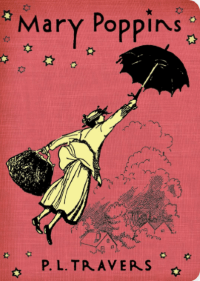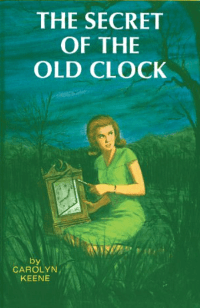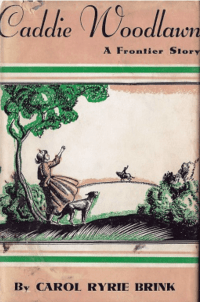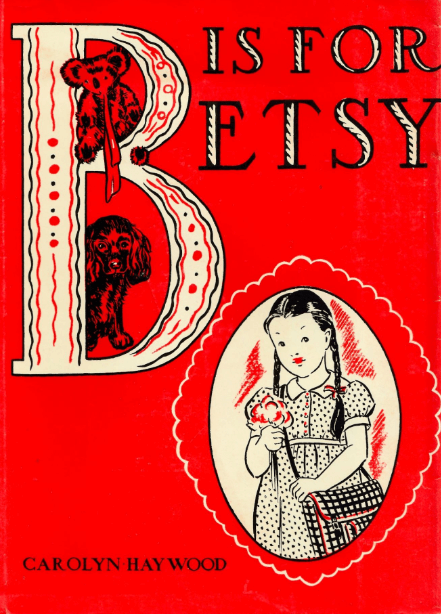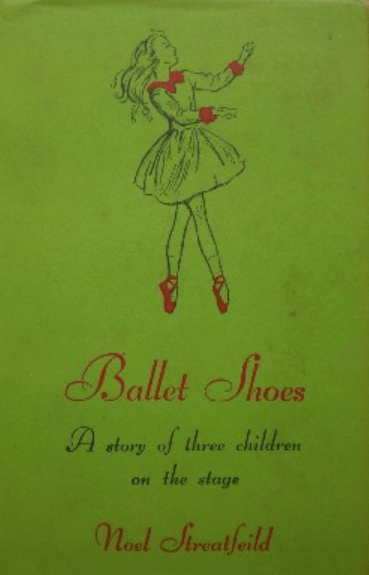(You can listen to this episode here.)
On this episode, we reread Mary Poppins, P.L. Travers’s beloved 1934 classic. We discuss the difference between the book and the movie version of the magical nanny, changes in the book to remove racist portrayals, and Travers’s strange and interesting life.
Mentioned on the episode:
Other books in the series:
Mary Poppins Comes Back (1935)
Mary Poppins Opens the Door (1943)
Mary Poppins in the Park (1952)
Also mentioned:
“A Spoonful of Bile,” Kathryn Hughes’ 2005 Guardian review of Mary Poppins She Wrote: A Biography of P.L. Travers.
A Goodreads review of Mary Poppins by Julie G that discusses racism in Mary Poppins.
A post on the website “American Indians in Children’s Literature” that discusses racist language in the book (with side-by-side examples of original and revised passages from the “Bad Tuesday” chapter) and Travers’s experiences with American Indian communities during World War II.
Travers’s 1996 New York Times obituary that repeats her untrue claim that her father was a sugar planter (gift link)
The trailer for Mary Poppins Returns, the 2018 movie sequel
Alli Hoff Kosik’s childhood rereading podcast, SSR, which recently signed off after seven years and over 300 episodes.
Recommended for fans of Mary Poppins:
The Wonderful Wizard of Oz and Pippi Longstocking (Deborah)
The Edward Eager magic books, Ballet Shoes, and Harriet the Spy (Mary Grace)
Other Rereading Our Childhood episodes mentioned:
Rereading Ballet Shoes by Noel Streatfeild
Rereading The Wonderful Wizard of Oz by L. Frank Baum
The podcast is hosted by Buzzsprout at rereadingourchildhood.buzzsprout.com and is available on Spotify, Apple Podcasts, and other platforms.
You can find Deborah at deborahkalb.com and Mary Grace’s adventures in the 1920s on her blog, My Life 100 Years Ago.
This episode was edited by Adam Linder of Bespoken Podcasting.

